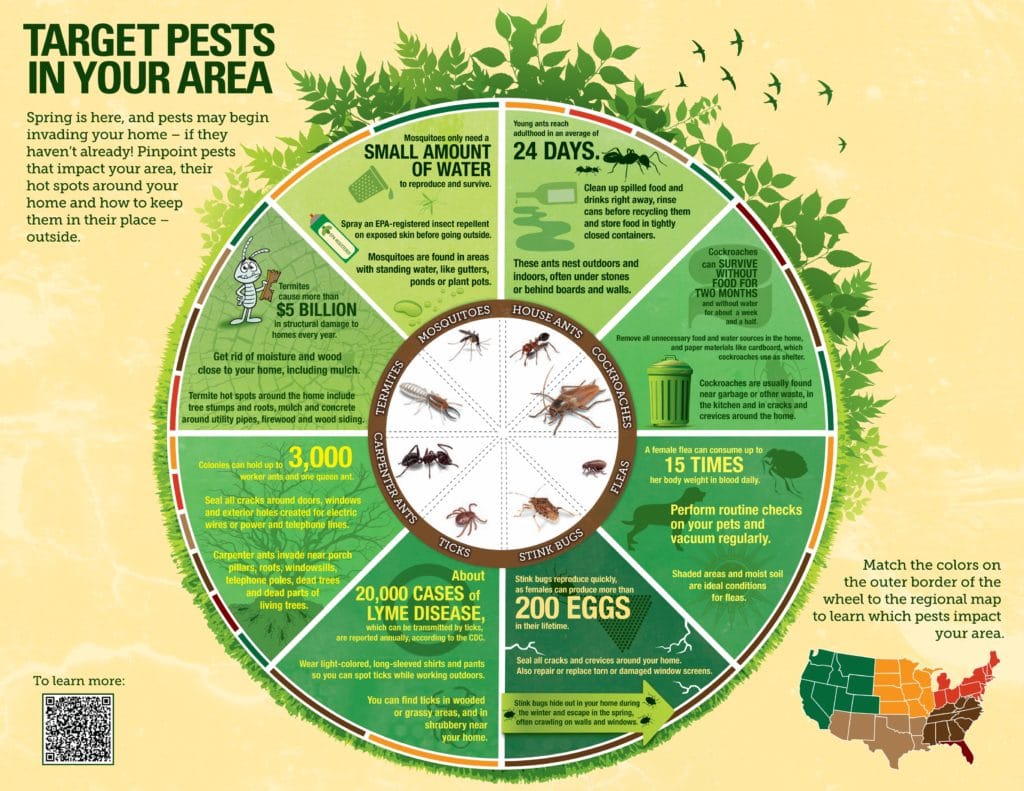Learn Vital Techniques For Protecting Your Home From Rats In The Attic
Learn Vital Techniques For Protecting Your Home From Rats In The Attic
Blog Article
Content Author-Karlsen Smedegaard
Imagine your attic as a cozy Airbnb for rats, with insulation as fluffy as hotel pillows and electrical wiring a lot more enticing than room service. Now, think of these unwanted visitors tossing a wild event in your home while you're away. As a home owner, guaranteeing your attic is rodent-proof is not almost satisfaction; it's about safeguarding your building and enjoyed ones. So, what simple actions can you require to safeguard your refuge from these hairy intruders?
Examine for Entrance Points
To start rodent-proofing your attic, check for entrance points. Begin by very carefully examining the exterior of your home, looking for any kind of openings that rats might use to get to your attic room. Look for spaces around utility lines, vents, and pipelines, along with any cracks or openings in the foundation or house siding. Ensure to pay close attention to locations where different building materials satisfy, as these prevail entry factors for rats.
Additionally, examine the roof covering for any type of harmed or missing out on shingles, along with any kind of voids around the edges where rats might press through. Inside the attic room, seek indications of existing rodent activity such as droppings, chewed cords, or nesting products. Use a flashlight to thoroughly inspect dark corners and surprise areas.
Seal Cracks and Gaps
Inspect your attic room thoroughly for any kind of fractures and voids that need to be sealed to prevent rats from getting in. Rodents can press through also the smallest openings, so it's vital to seal any prospective access points. Check around pipelines, vents, cable televisions, and where the walls satisfy the roofing system. Use a mix of steel wool and caulking to seal these openings properly. Steel woollen is a superb deterrent as rats can't chew via it. Make certain that all voids are firmly secured to refute accessibility to undesirable parasites.
Don't overlook the importance of sealing gaps around doors and windows too. Use climate removing or door moves to seal these areas efficiently. Inspect the locations where energy lines go into the attic and seal them off using an ideal sealer. By taking leo's pest control to secure all fractures and spaces in your attic, you create a barrier that rodents will find tough to violation. Prevention is type in rodent-proofing your attic room, so be thorough in your initiatives to seal any possible access points.
Remove Food Resources
Take proactive procedures to get rid of or store all prospective food resources in your attic to hinder rats from infesting the area. Rodents are brought in to food, so removing their food sources is critical in maintaining them out of your attic room.
Right here's what you can do:
1. ** Store food securely **: Avoid leaving any type of food products in the attic. Store all food in airtight containers made from steel or heavy-duty plastic to avoid rats from accessing them.
2. ** Clean up particles **: Eliminate any kind of heaps of debris, such as old papers, cardboard boxes, or wood scraps, that rodents might utilize as nesting product or food sources. Maintain the attic room clutter-free to make it much less appealing to rats.
3. ** Dispose of waste effectively **: If you utilize your attic room for storage and have rubbish or waste up there, make certain to dispose of it routinely and appropriately. Decaying knockout pest control can bring in rats, so keep the attic room tidy and free of any kind of natural waste.
Final thought
Finally, remember that an ounce of avoidance deserves a pound of cure when it comes to rodent-proofing your attic room.
By putting in the time to check for entrance factors, seal splits and spaces, and remove food sources, you can keep unwanted parasites at bay.
Remember, 'An ounce of avoidance is worth an extra pound of remedy' - Benjamin Franklin.
Stay aggressive and safeguard your home from rodent infestations.
